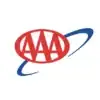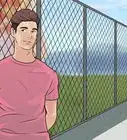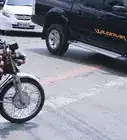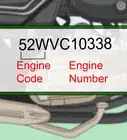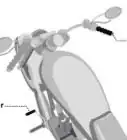This article was co-authored by American Automobile Association. The American Automobile Association (also known as "AAA" or "Triple A") is a federation of motor clubs throughout North America and a non-profit organization focused on the safety of the driving public and the future of mobility. Best known for providing its members with roadside assistance, AAA has also been providing auto repair services and insurance for auto, home, life, and business for over a century. Founded in 1902, AAA is headquartered in Heathrow, Florida.
This article has been viewed 83,309 times.
It is important to stay safe on motorcycles; In 2014 motorcyclist deaths occurred 27 times more frequently than fatalities in other vehicles, and 4,586 motorcyclists died in crashes.[1] With these scary facts in mind, it's important to make sure that you don't get into a crash on a motorcycle. This wikiHow will tell you how to ride a motorcycle defensively and prevent accidents.
Steps
-
1Maintain your machine properly. Make sure that you have enough gas to reach your destination. Avoid switching to reserve in the busiest of city traffic. Ensure that your tires are properly inflated and your brakes, engine chain/belt, suspension, lights and oil/fluids are checked.
-
2Wear proper clothing and equipment. Goggles or glasses, boots, motorcycle gloves, jeans or leather pants, and leather or at least denim jacket will protect your bare skin from coming into direct contact with the pavement in the event of a crash. While helmet laws have their proponents and critics, legalities aside, helmets have certainly saved lives in many circumstances. Clothes with protection for knees, elbows and shoulders are important, as they decrease the chances of broken bones and tendons in these points. The first body parts to hit the ground are usually the worst cases in light to mild crashes. If you hit a corner, the chance for this kind of injury is high, with recovery slow and difficult. "The use of heavy boots, jacket, gloves, etc., is effective in preventing or reducing abrasions and lacerations, which are frequent but rarely severe injuries" [National Traffic Safety Administration].Advertisement
-
3Ride with confidence and assertiveness, but not aggressiveness or timidness. An aggressive motorcyclist leads others or rides alone riding on the left side of the lane, apparently to show dominance. A rider cannot possibly dominate cars or trucks. Avoid overtake to the right - circumstances will arise where vehicles try to merge from the right, thinking it is an open lane and hit riders because it seems to be empty at a glance (in many cases they don't see the bikes).[2] An assertive rider will follow newer riders to observe their performance and not drag newer riders through curves faster than they can handle. An assertive rider uses lane choice (left, center or right thirds of a lane) to increase their visibility in traffic, depending on the situation. An aggressive motorcyclist disregards lanes or lane choice altogether and has the highest accident and fatality rates.
-
4Be seen, be heard. Lights on daytime and horn beeping in any sign of danger is very important to help others see you, as the angle of view in cars and bigger vehicles is not good for smaller targets like motorcycles and bikes. If the other vehicle is not in the same direction (as entering the road from an angle or doing a turn or curve), its view to a motorcycle is zero instantly. When selecting a motorcycle, in general, larger motorcycles in bright colors or with a lot of chrome tend to be more visible. Louder motorcycles tend to catch motorist's attention (however motorcycles that are too loud can pose other quality-of-life issues for residents).
-
5Turns and curves: "In the single vehicle accidents, motorcycle rider error was present as the accident precipitating factor in about two-thirds of the cases, with the typical error being a slide-out and fall due to over-braking or running wide on a curve due to excess speed or under-cornering" [National Traffic Safety Administration].
-
6To prevent accidents at intersections, use cars as shields by passing through stoplights alongside cars and other vehicles, especially if you are able to position yourself where the other traffic is in the left lane blocking another car from turning left in front of you. When approaching an intersection in which a car going in the opposite direction is stopped, possibly with a green light (but not a green arrow) to turn left in front of you - then ride assertively through the intersection. Do not accelerate towards an intersection. The car driver will expect you to be traveling at a speed near the speed limit and altering your rate of approach may confuse him, causing him to mistakenly think he has time to make his move before you arrive on the scene.[3] Do not make eye contact with the driver of the vehicle. Just about every rider who has been run into at an intersection will swear that the driver was looking at him, that he had made eye contact with the other driver. Worse still, if you establish eye contact with the driver, he may think "he's seen me, so he'll give way!"
- Move away from the car, especially if he is turning left across your path from the middle of the road. This provides a lateral movement that tends to attract the driver's eye and the further you are away from the car, the further he has to travel to move into your path. Remember, distance equals time and time equals options!
- Despite the temptation, do not slow down or hit the brake (unless it is clear that you must in order to avoid a collision). Braking may confuse the driver into thinking that the stoplight is turning yellow for you and encourage that driver to proceed left, resulting in a potential collision.
-
7Watch out for that invisible bubble in traffic. Whenever possible, accelerate to large open spots on the road that possess the sparsest number of vehicles, or brake to let traffic pass and use an open area behind traffic as an invisible bubble of abundant free space which is as far from the collection of vehicles as possible.
-
8Stay in the safest lane. When riding on multi-lane divided interstate highways, the safest lane to ride is the far left lane (if there is a shoulder). The far right lane is subject to vehicle constantly merging on to the highway and other vehicles exiting.
- The next lane over from the right is subject to abrupt last-minute lane changers who decided not to exit of the highway - at the last minute and into the same lane as the motorcyclist. Other middle lanes can be somewhat safe, as they offer multiple escape routes, but middle lanes also carry the risk of twice as many vehicles (sets of vehicles on each side) who might potentially merge into a motorcyclist's lane.
- If the far left lane does not have a shoulder (therefore one less escape route) then the middle lanes may be safer. If the far left lane includes a shoulder, then the shoulder is a good escape route and subjects the motorcyclist to cars on three sides, not four (front, back and on the right only).
- However more aggressive drivers may be more likely to abruptly merge into the left (passing) lane due to impatience with the flow of traffic, and this same impatience can also cause the driver to fail to acknowledge a motorcyclist already occupying that lane (or cause an aggressive driver to not care if he pushes the motorcyclist aside).
- Therefore it is even more important to never ride alongside a car when riding in the left-most passing lane, as at any time, another vehicle may abruptly dart into your lane.
- Watch the movement of cars ahead of you in relation to where they are in their lane and if they keep making short movements to look around other vehicles or ride closer to their left lane line. When passing alongside other cars to your right, pass them quickly to minimize the window of opportunity for an abrupt lane changing car to collide with you and your motorcycle. Ride alongside car gaps in the next lane, or if necessary, alongside the drivers front left quarter panel closest to the driver where he or she can see you the best.
- Never ride in another driver's blind spot alongside the rear of a vehicle.[4]
- Also pay attention to highway exits that are on the left, as cars will be merging to exit and entering the highway occasionally from the left also.
-
9When riding with other motorcycles, avoid lane sharing. When something like a large pothole, animal, random object, or even another vehicle endangers one of the two riders where the rider must swerve to avoid a collision or crash, the rider right next to you is taking up your safety zone. A swerve is now impossible and you will either wreck or swerve into the rider next to you, causing two riders to crash or injury. A staggered formation is best as it gives room to maneuver and creates a larger visual for drivers to see. Only when coming to a stop at a light/sign etc should riders be parallel.
Warnings
- While it is most common for a car driver to be at fault for an accident involving a motorcycle - strategic, purposeful and specific choices made by motorcyclists in their selection of motorcycle, training, and riding strategies have the potential to significantly reduce the potential for an accident.⧼thumbs_response⧽
- Be very careful when passing near cars while in stop lights.Any car driver or passenger can open their doors for any reasons and propose you a great danger of either colliding with door or the people itself.⧼thumbs_response⧽
- Riding a motorcycle defensively is considerably different than routinely driving a car: a defensive-driving motorcyclist is constantly vigilant with evaluating the actions and movement of every car nearby and assesses the intent of other drivers to constantly formulate a positioning strategy to be in the safest possible area, in relationship to the traffic, at all times. If there are not any vehicles within striking distance to the motorcycle, then safety is determined solely on the riders ability to operate and control the machine. Rural two lane roads and even less-traveled interstate highways can be safer places to ride than cities for most motorcyclists who are experienced with riding at highway speeds. Cities pose the most hazards due to the frequency of intersections, the hurried pace of commuters, the amount of commuters adding to the overall congestion, frequent distractions that are typical in any urban environment that contribute to a motorist failing to acknowledge a motorcycle.⧼thumbs_response⧽
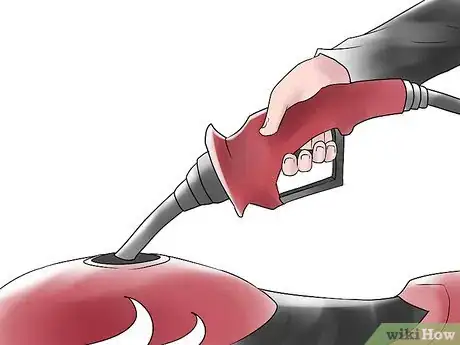
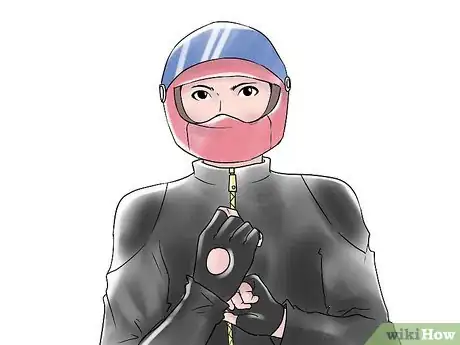
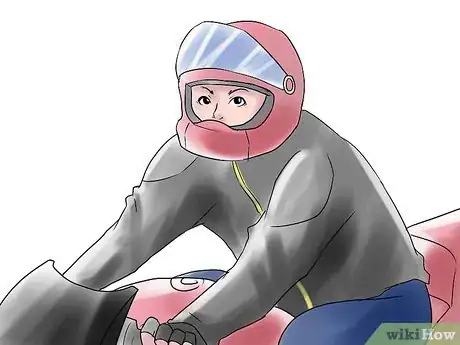
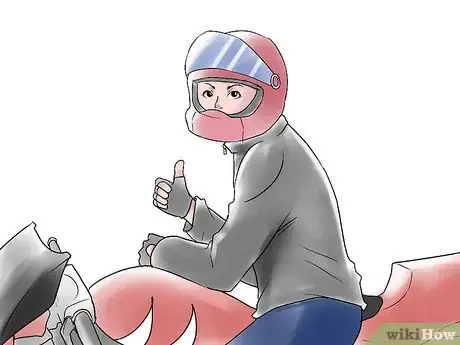
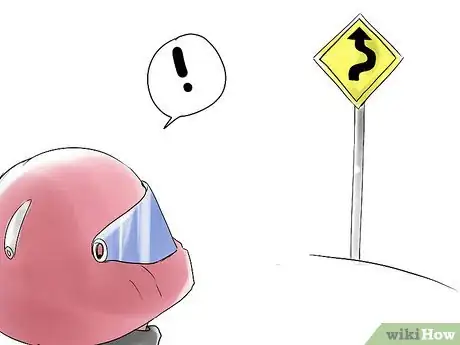
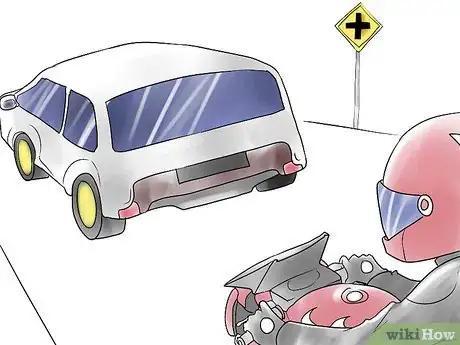
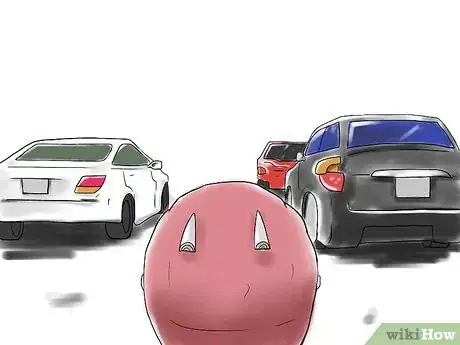
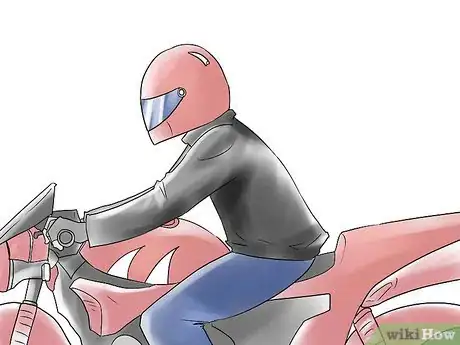
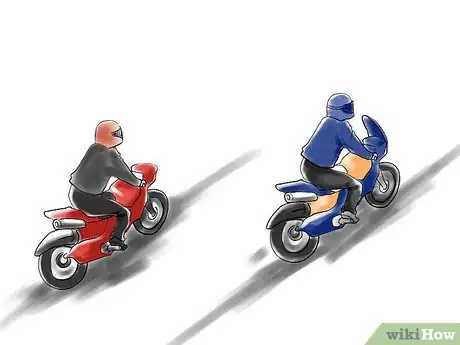
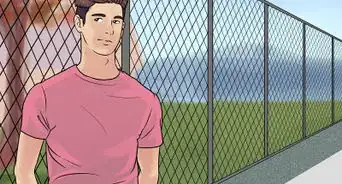
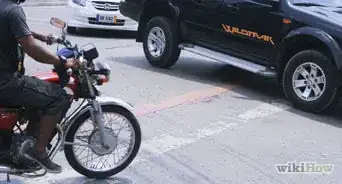
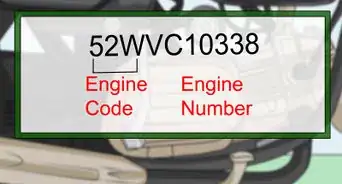
-Step-13.webp)
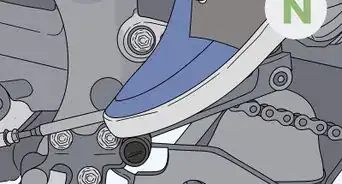
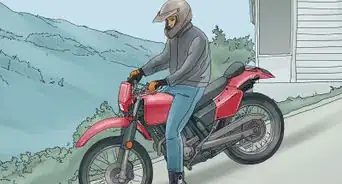
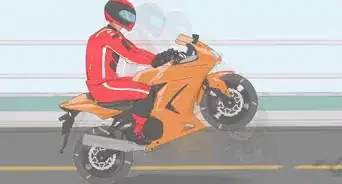
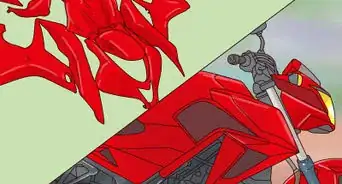
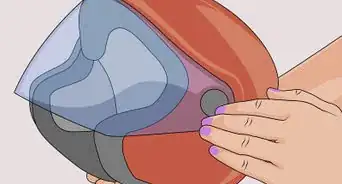
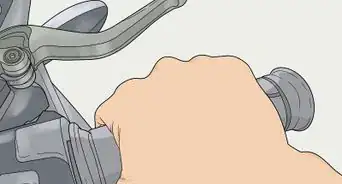
-Step-17.webp)
